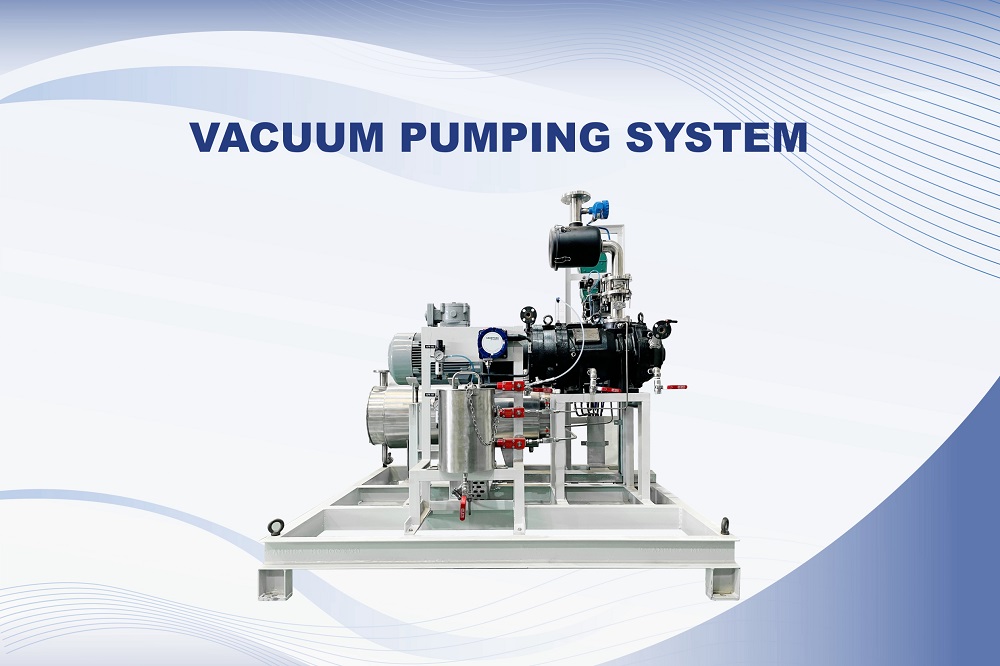
Do you know the vital role played by Vacuum pumping systems in industries such as semiconductor manufacturing, pharmaceutical production, chemical processing, and metallurgy?
If these systems are exposed to demanding conditions and are then expected to deliver consistent performance over long periods, how would that be possible?
Hence regular and strategic vacuum pump maintenance is important for operational efficiency. It helps to reduce downtime, extend equipment lifespan, and ensure safety. In this blog, we will streamline the best and effective practices to maintain the Vacuum Pumping systems.
You should know your system’s configuration and components so that a customised maintenance plan can be aligned with your specific application for better protection and efficiency.
A preventive maintenance schedule gives you the routine of specific maintenance task to be done. This is designed based on run-time hours or usage cycles.
| Component | Frequency | Task |
|---|---|---|
| Oil-sealed rotary pump | Every 500–1000 hrs | Oil check/change, inspect for leaks |
| Dry scroll pump | Every 2000–8000 hrs | Internals cleaning and substitute seals - tip |
| Diffusion pump | Monthly to quarterly | Inspect oil, clean baffles |
| Turbomolecular pump | Annually or as needed | Bearing check, controller inspection |
| Filters & backing pumps | Monthly | Clean or replace |
| Vacuum gauges & sensors | Monthly/quarterly | Calibrate and verify accuracy |
You should use the real-time data and monitoring tools to identify early warning signs of potential failures:
Pressure sensors, vibration monitors, and oil condition indicators are the best tools for predictive maintenance.
Leaks can degrade vacuum levels and stress the pump system, so based on your application, you should schedule a regular vacuum leak detection:
Oil quality is vital for Oil-lubricated pumps like rotary vane or diffusion.
If you have Dry vacuum pumps, then ensure the replacement of the seal, tip seal, and bearing at specified intervals.
Clean traps and Vapor traps prevent back streaming. It collects condensable Vapors. Such Contamination buildup causes overheating and reduces system efficiency and pump failures as well, hence make sure:
Operator error can lead to unintentional damage. Standardize operations with clear SOPs for:
Regular training on basic vacuum troubleshooting and safety protocols should be mandated.
You should maintain an inventory of essential components such as:
You should follow a spares management strategy based on lead times and usage patterns.
Don’t keep on replacing parts; you need to conduct an RCA to determine:
This analytical approach will refine your vacuum system maintenance plan and save long-term costs.
A centralized maintenance log or Computerized Maintenance Management System (CMMS) will help you in planning, regulatory compliance, and proactive decision-making. It helps in tracking:
Effective vacuum pump maintenance improves system reliability, ensures process quality, and optimizes operational costs. Predictive or proactive maintenance will deliver supreme performance with long-term value. For more detailed information – feel free to connect with us.